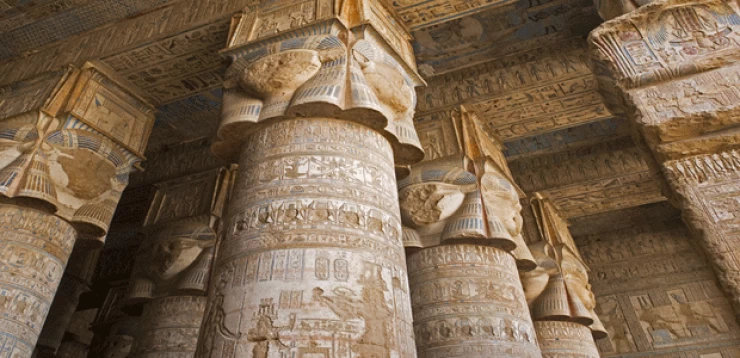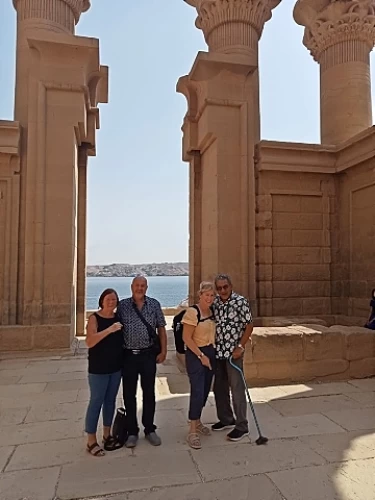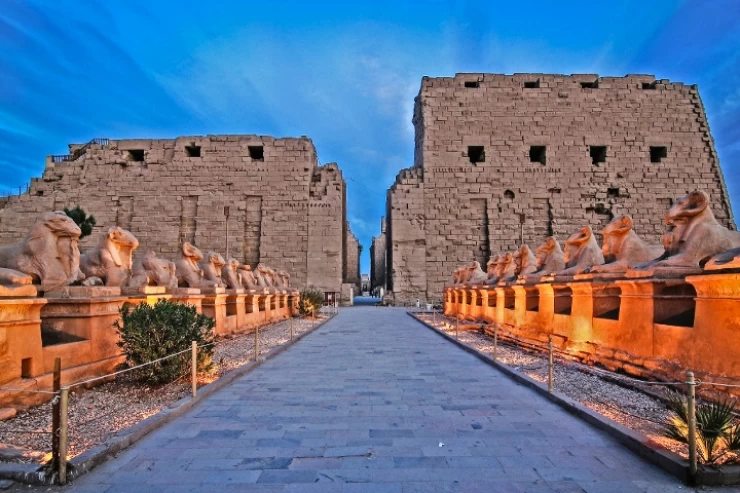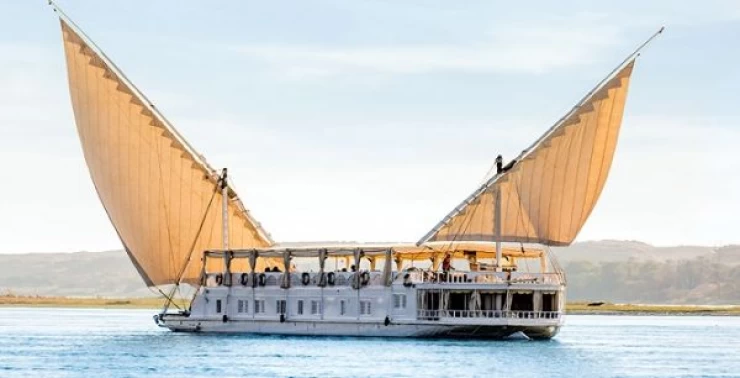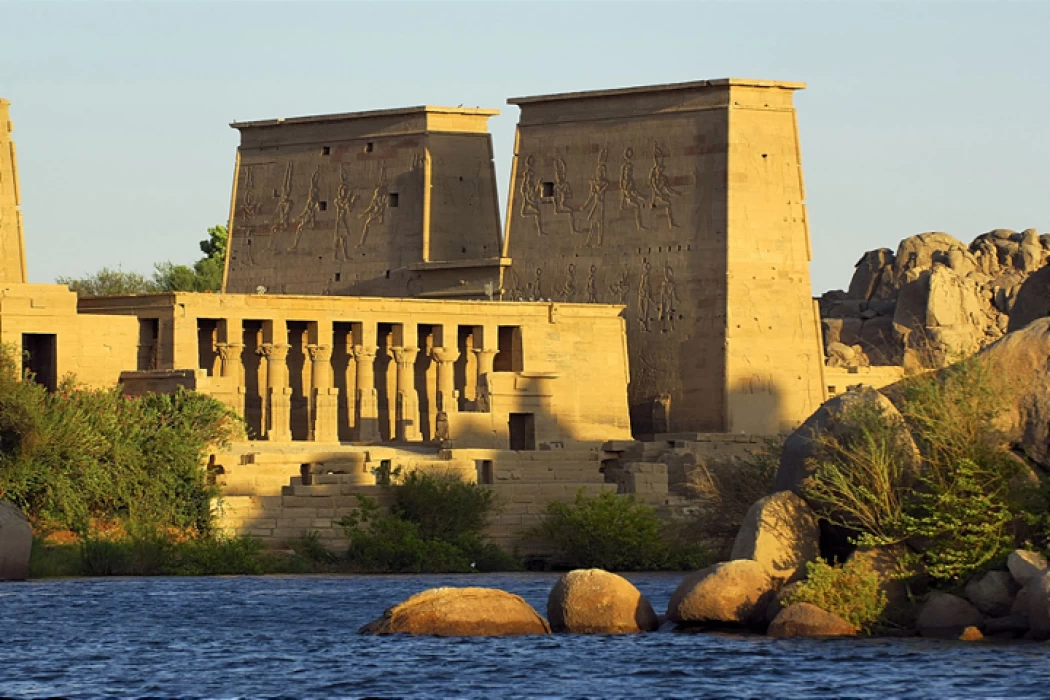
The Temple of Philae and Ancient Egyptian Heritage
The World Heritage Site “Nubian Landmarks from Abu Simbel to Philae” includes many archaeological sites such as the Temple of Ramses II in Abu Simbel and the Temple of Isis on Philae Island, which were saved from drowning due to the construction of the High Dam. Egypt Travel Packages often include visits to these incredible sites as part of a rich historical experience.
The original location of the Nubia World Heritage Site monuments was in front of the second waterfall, but since the construction of the High Dam, they have been relocated to their current location. Egypt Shore Excursions frequently offer guided trips to these relocated monuments for tourists wishing to witness the grandeur of Egypt’s ancient history.
UNESCO also launched a global campaign to save the sites threatened by the construction of the dam and relocate them to a new site suitable from a safety point of view during the period from 1960 to 1980 AD at a cost of 80 million dollars, as stated by the Ministry of Tourism and Antiquities, in which 50 countries participated and ICOMOS contributed. The “Nubian Monuments from Abu Simbel to Philae” site was registered on the UNESCO list of World Heritage Sites in 1979. Egypt Day Tours often include a visit to these remarkable sites.
Abu Simbel Temple The Abu Simbel site includes two temples, the Great Temple of Abu Simbel, which was dedicated to the worship of “Ra Hor Ikhti” and “Amun Ra” Ptah and the king himself, and the Little Temple of Abu Simbel, which is located 100 meters from the first temple, dedicated to the goddess Hathor and Queen Nefertari, the main wife of the king. Egypt Travel Packages that focus on southern Egypt frequently offer tours to Abu Simbel for an unforgettable experience.
The importance of the Great Temple of Abu Simbel is due to its association with the phenomenon of the perpendicularity of the sun on the face of the statue of Pharaoh Ramses II twice a year; the first coincides with the anniversary of his birth day on October 22 and the second on February 22, the day of his coronation. Egypt Shore Excursions often arrange for tourists to witness this spectacular event.
Philae Temple The ruins of Philae include many buildings dating back to the Ptolemaic era (332-30 BC), most notably the temple begun by Ptolemy II Philadelphus (285-246 BC), which was dedicated to Isis, the mother of Horus, the goddess of royalty, and there is a scene in the mamizi or birth chamber, where the birth of Horus was celebrated, showing Isis nursing her son Horus in the bush. Egypt Day Tours can provide a detailed journey through Philae, immersing travelers in its history.
The Temple of Isis is considered one of the most continuous ancient Egyptian temples; the temple continued to fulfill its role until the Byzantine King Justinian (527 - 565 AD), who ordered the closure of all pagan temples, where a priest named Ismet-Akhom inscribed the last hieroglyphic text dating back to the fourth century AD (394 AD). The temple was converted into a Christian church, and many of the temple's inscriptions were destroyed. Egypt Travel Packages to Aswan often include a stop at Philae to explore this fascinating temple’s rich heritage.







